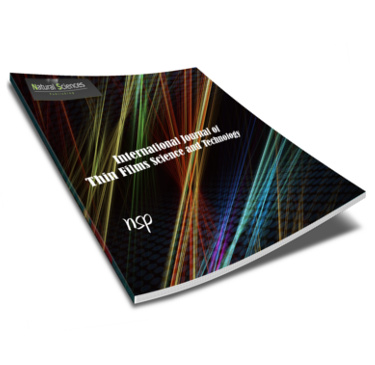International Journal of Thin Film Science and Technology

Abstract
The aim of this work is to apply the analysis of variance (ANOVA) statistical program to the experimental data of high-quality refractory ceramics prepared from various compositions of petroleum waste sludge (PWS) and raw bauxite mineral to reach a precise and conclusive decision on a statistical basis to the optimum mix that is thought to be more suitable for use in refractory applications. Seven ceramic mixes were prepared from various proportions of PWS and bauxite varying between 0 and 100 wt. % via solid state technique with heat treatment at different degrees of firing reached 1600 oC. The physicomechanical properties namely, linear change, mechanical strength, bulk density, as well as apparent porosity were tested according to the international standards. The One-way ANOVA proves that there is statistically difference regarding linear shrinkage (p = 0.01) and mechanical strength (p < 0.001) for six groups of firing temperature [F (5, 24) = 15.87, p < 0.001]. There was also a statistically significant difference in both bulk density of the ceramic bodies for the six groups [F (5, 24) = 12.5, p = 000] and the apparent porosity in mean apparent porosity [F (5, 24) = 21.538, p = 0.000]. Thus, the One- way ANOVA results are compatible with the results shown in our previous published data. Moreover, the test added a good value by showing CM4 almost like CM3 and economically it is much better to utilize it instead of CM3 in industrial applications.
Recommended Citation
M. Mohamed, Mustafa.; M. Khalil, N.; Algamal, Yousif; M. Saleem, Qayid; and A. Aly, Kamal
(2020)
"Statistical assessment of physicomechanical properties of refractory ceramics based on petroleum waste sludge -bauxite compositions,"
International Journal of Thin Film Science and Technology: Vol. 9
:
Iss.
2
, PP -.
Available at:
https://digitalcommons.aaru.edu.jo/ijtfst/vol9/iss2/1

